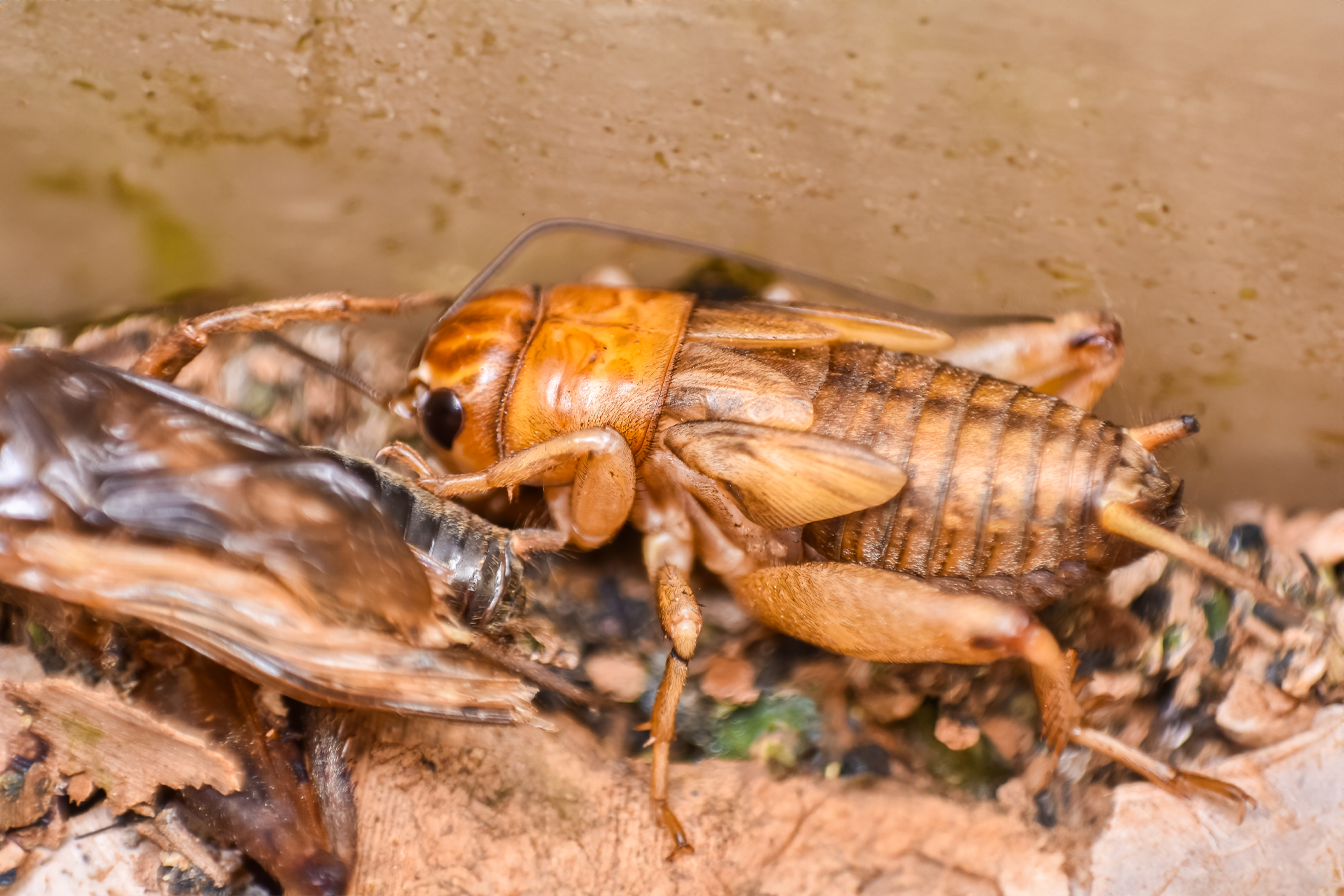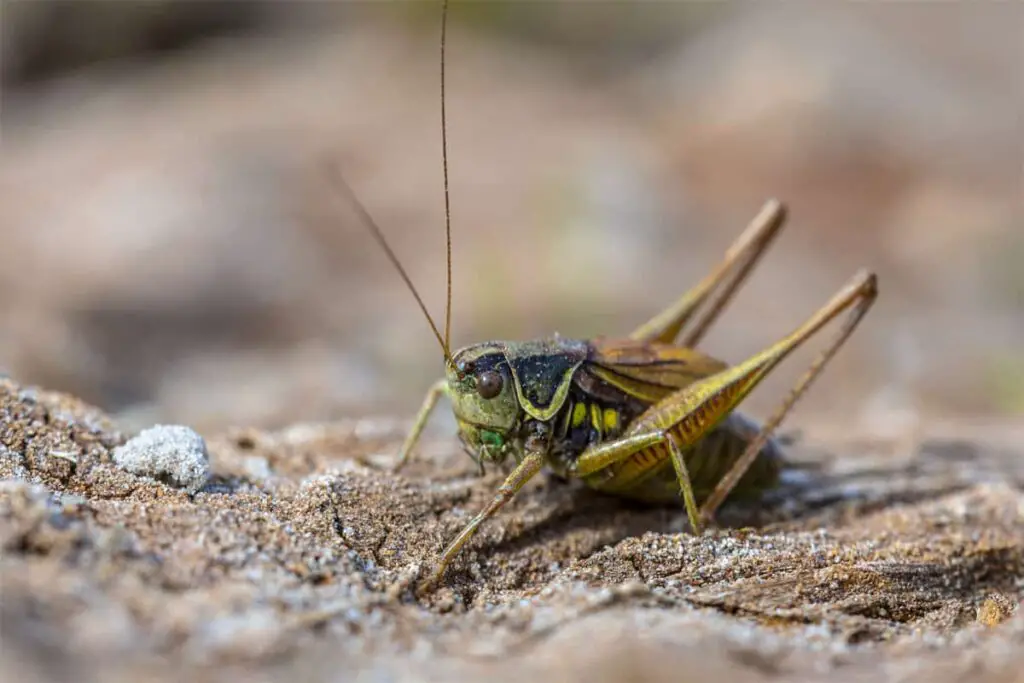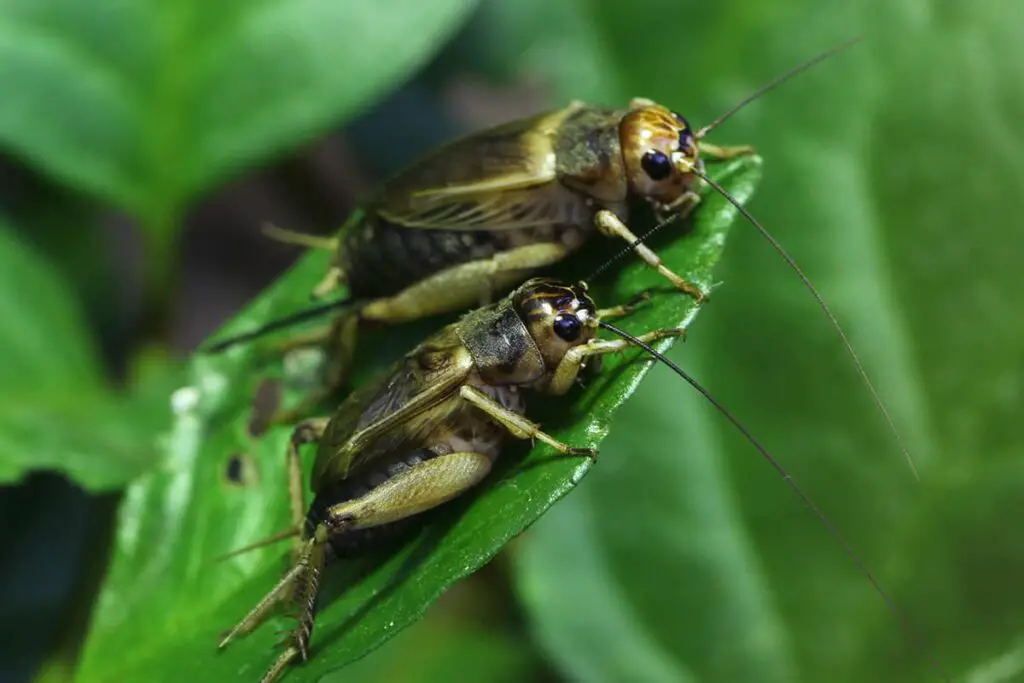
When you think about crickets, you often imagine their distinctive chirping on a warm summer night. But have you ever wondered what happens after a cricket lays its eggs? It’s a common question to ponder about the life cycle of these ubiquitous insects. Understanding when and how crickets reproduce provides fascinating insights into their survival and the continuation of their species.
Female crickets lay hundreds of eggs, securing the future generations of crickets. However, despite popular belief, crickets do not necessarily die immediately after the egg-laying process. The lifecycle of a cricket from egg to nymph, and eventually to adulthood, involves fascinating transformations. It’s during the final adult stage that crickets mate and the females lay eggs.
Crickets typically have a life span that can stretch up to a year. Throughout this time, they can experience several cycles of reproduction depending on environmental conditions. While it is common for adult crickets to die off naturally after summer or fall, this is not a direct consequence of the egg-laying process. Other factors, including predation, changes in the environment, and reaching the natural end of their life cycle, contribute to their mortality.
Cricket Reproduction Cycle
Understanding the cricket reproduction cycle is crucial if you’re interested in entomology or considering breeding these insects. As part of their lifecycle, crickets go through a series of distinctive stages, with mating and egg-laying being critical for the continuation of the species.
Mating Behaviors
Crickets display unique mating behaviors that facilitate reproduction. In most species, male crickets attract females by producing chirping sounds using their wings. Once a female cricket is attracted, mating takes place, which is essential for the subsequent laying of fertile eggs. Studies indicate that adult males and females become sexually mature and capable of mating only a few days after reaching adulthood.
Egg Laying Process
After successful mating, the egg-laying process begins. Females lay eggs in soil or substrate that provide the right conditions, such as sufficient warmth and humidity. For example, female crickets prefer to lay eggs in environments with temperatures around 88°F (31°C) and high humidity. The eggs typically incubate for about ten days before hatching. Contrary to some beliefs, crickets do not die immediately after laying eggs. They continue to live and can lay batches of eggs during their lifespan.
Lifecycle of Crickets
Throughout the lifecycle of crickets, you’ll witness a fascinating transformation from egg to adult. Understanding these stages can give you insight into not only survival but also the reproductive habits of these chirping insects.
From Egg to Nymph
After mating, a female cricket lays her eggs in soil or plant stems, choosing damp and humid areas which are conducive to egg development. These eggs enter a phase of diapause during the winter, only to hatch with the warmth of spring. Upon hatching, cricket offspring, called nymphs, resemble miniature adults but lack wings. This stage is critical as nymphs shed their exoskeleton multiple times before reaching maturity.
Adult Cricket Stage
As adults, crickets experience a final molt, revealing their wings and reproductive capabilities. An adult female cricket has the potential to lay up to about 100 eggs per day, amounting to thousands throughout her lifetime. The lifespan of crickets typically spans about one year, concluding a cycle of life that is repeated with each new generation.
Factors Influencing Cricket Mortality
Understanding why crickets may die after laying eggs involves exploring several factors that contribute to their mortality.
Environmental Conditions
Your crickets are highly sensitive to their surroundings. Temperature and humidity directly affect their longevity. For example, female crickets prefer laying eggs in soil that’s both warm, at approximately 88°F (31°C), and very humid. Inadequate conditions could lead to stress that shortens their lifespan.
Predation and Survival
Survival for your crickets can be precarious due to predators such as birds, rodents, and even other insects. A cricket’s lifespan can also be influenced by their success in avoiding predators, which adds significant stress and can lead to a shortened life after the exertion of laying eggs.
Frequently Asked Questions
In this section, you’ll find answers to some common questions about crickets’ life after they lay eggs, their life cycle, and egg hatching specifics.
How long do crickets typically live after laying eggs?
Crickets generally live for about a week or two after laying eggs, completing their life cycle shortly after reproduction. During this time, they may continue to eat and live normally until their natural death.
What is the life expectancy of a cricket after egg-laying in winter conditions?
Crickets typically enter a state called diapause during winter, which suspends their development. However, crickets usually lay eggs in warmer conditions, so their life expectancy after laying eggs in winter is not applicable, as they would have done this earlier in the year.
In which month are crickets most likely to die naturally?
Crickets are most likely to die naturally in the fall, as this is the end of their life cycle, which begins in spring with egg hatching, extends through summer with maturity and ends in autumn after reproduction.
How long does it take for cricket eggs to hatch?
It typically takes about 10 to 14 days for cricket eggs to hatch, given ideal conditions with sufficient warmth and humidity.
How many times can a cricket lay eggs throughout its lifespan?
A female cricket can lay eggs multiple times throughout her lifespan, with the potential to lay up to 2,000 eggs.
What are the stages in the life cycle of a house cricket?
The life cycle of a house cricket usually involves three stages: egg, nymph, and adult. They do not go through a pupal stage like butterflies do, so their process is gradual from nymph to adult.
Driven by a passion for those tiny creatures that rule our world, we at Bug Domain strive to be your go-to resource for information on insects.



